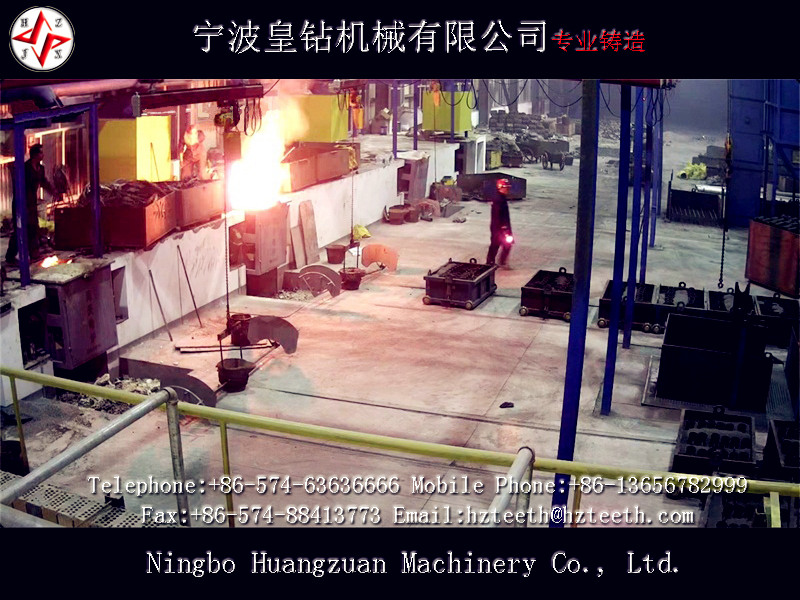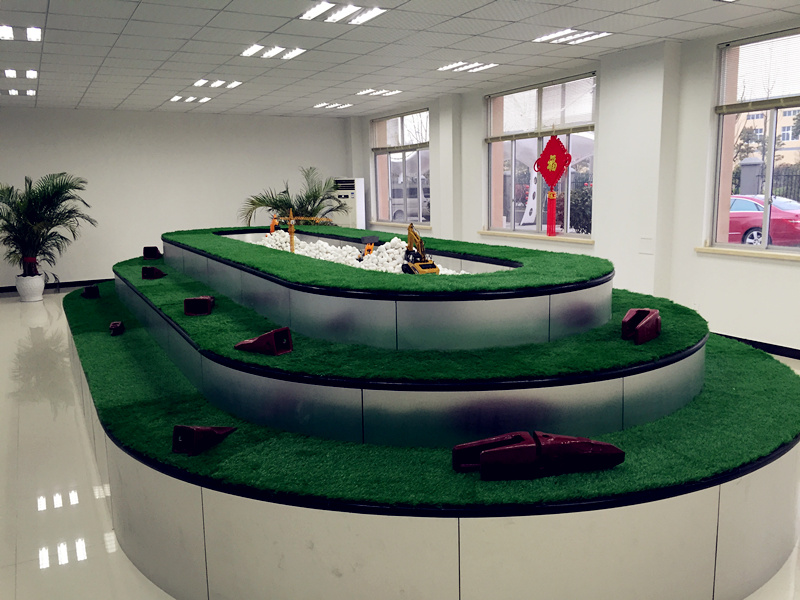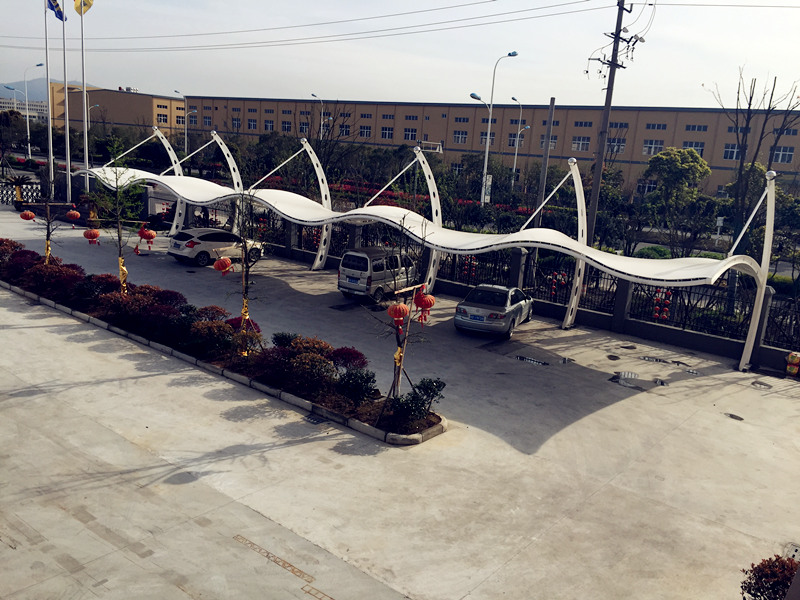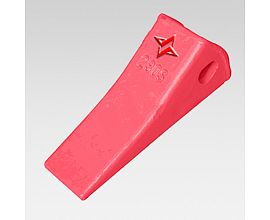I. Cutting mechanism
When bucket teeth interact with rocks (ores) under high impact load, on the one hand, contact with the surface of rocks (ores) produces a greater impact force. If the yield strength of bucket teeth is low, plastic deformation will occur at the tip of bucket teeth, which is easy to form plastic plough grooves. On the other hand, when the bucket teeth are inserted into the rock (ore), if the bucket teeth hardness is lower than the rock (ore) hardness, the rock (ore) particles are pushed into the bucket teeth surface, which will produce long curved or spiral chips, forming cutting grooves, and may be accompanied by micro-cutting debris. Chips are deformed by shearing, resulting in a large amount of latent heat of deformation, tight and orderly sliding steps, forming folds. In addition, the friction between chips and rocks (ores) produces frictional heat. The combination of latent heat of deformation and frictional heat causes the temperature of chips to rise sharply, resulting in dynamic recrystallization, tempering softening and dynamic behavior. Phase transformation changes the internal structure of chips, and partial melting occurs in some cases.
2. Fatigue spalling mechanism
The bucket teeth insert into the rock (ore) for reciprocating movement. The plastic plough formed on the surface of the bucket teeth is rolled by rock particles for many times to the uplift part, which can form a metal multi-flow platform. When the stress of the bucket teeth exceeds the strength limit, cracks and brittle cracks will occur and become debris. The debris is split perpendicular to the direction of wear and tear off along the direction of wear. The front of the debris is smooth groove stripe, the back is flat, and the side is overlapping stripe formed by rolling deformation. If the rock has edges and corners, it will shear the deformed layer and form debris, which is flat and thin, with rough edges. In another case, when the bucket teeth interact with rock repeatedly, the bucket teeth produce plastic deformation and cause high work hardening, which increases the brittleness of the bucket teeth surface. Under the strong impact of rock, the bucket teeth surface will form brittle fragments, and the surface of the bucket teeth will have radial cracks of different depths. Strictly speaking, this brittle crack feature is also the mechanism of fatigue spalling.
Wear failure mechanism is related to material and working conditions, mainly including cutting, fatigue spalling and other mechanisms. Generally speaking, the cutting mechanism plays a dominant role in the wear failure process of bucket teeth, reaching more than 7O. With the increase of bucket teeth hardness, the fatigue spalling mechanism gradually increases, accounting for 2O~3O. When the material hardness reaches the upper limit, the brittleness increases and brittle fracture may occur. Increasing the hardness of the bucket teeth material is beneficial to improving the wear resistance under the cutting mechanism-based working conditions; for the fatigue spalling mechanism, the material is required to have a good combination of hardness and toughness; high hardness, high fracture toughness, low crack growth rate and high impact fatigue resistance are conducive to improving the wear resistance of the material.
Huangzuan Machinery established in 2008, is a specialized manufacturer of bucket teeth, bucket adaptor and side cutter which is used Caterpillar, Komatsu, Hyundai, Daewoo, Kobelco, Hensley, Liugong, Hitachi, XCMG, XGMA, Volvo, JCB .etc.
With production facilities covering an area of 18136 square meters and staff of 100, our annual processing capability equals approximately 12,000 metric tons. we currently have the technology of lost wax casting, precoated sand casting, resin sand casting, have the advanced instrument such as spectromaxx, Brinell hardness tester, universal testing machine, metalloscope.









